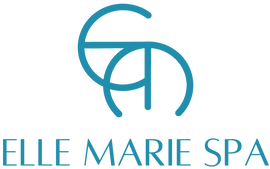
How Often Should You Get a Facial?
Facials are a popular skincare treatment that can help improve the overall appearance and health of your skin. They involve a variety of techniques, such as cleansing, exfoliating, and moisturizing, to help remove impurities, promote cell renewal, and rejuvenate the skin. But how often should you get a facial to see the best results?
The answer depends on a variety of factors, including your skin type, lifestyle, and budget.
Here are some general guidelines to consider:
-
Skin Type: If you have oily or acne-prone skin, you may benefit from more frequent facials, as these can help remove excess oil and prevent breakouts. If you have dry or sensitive skin, you may only need a facial every few months to avoid over-exfoliation and irritation.
-
Lifestyle: If you live in a city or work in an environment with high pollution levels, you may want to get a facial more often to help remove environmental toxins from your skin. If you wear makeup regularly, you may also want to get a facial more frequently to remove any buildup.
-
Budget: Facials can be expensive, so it's important to consider your budget when deciding how often to get one. Many experts recommend getting a facial every four to six weeks for optimal results, but this may not be feasible for everyone.
In general, it's a good idea to talk to a skincare professional to determine the best frequency for your individual needs. They can help assess your skin type and recommend a personalized treatment plan that will help you achieve your skincare goals.
In conclusion, the frequency of facials varies depending on your skin type, lifestyle, and budget. While getting a facial every four to six weeks is recommended for optimal results, it's important to consult with a skincare professional to determine the best frequency for your individual needs. With regular facials, you can help improve the overall health and appearance of your skin.
